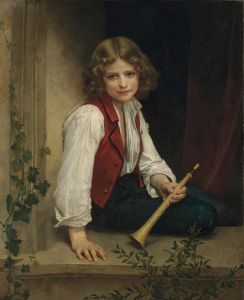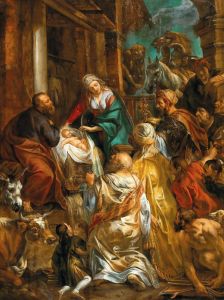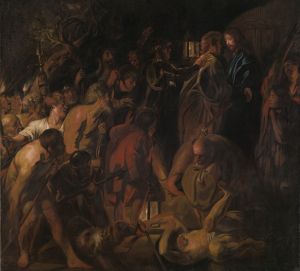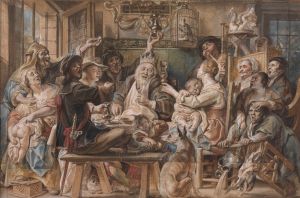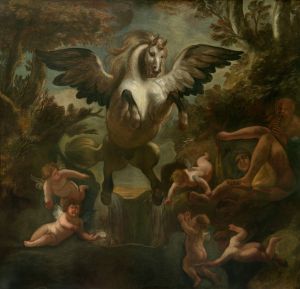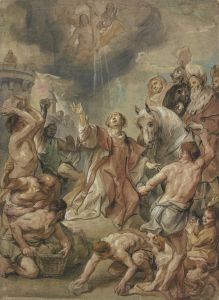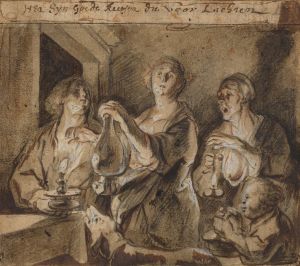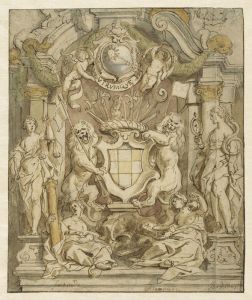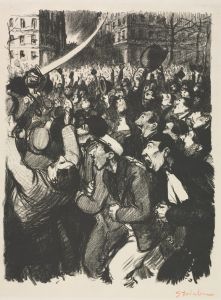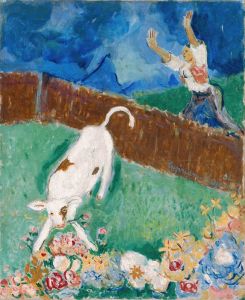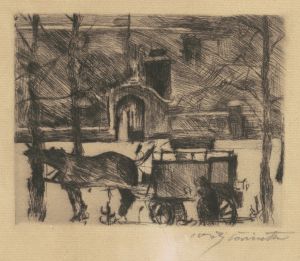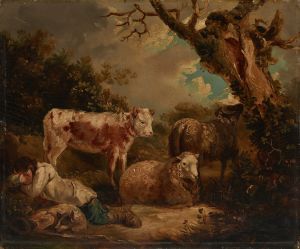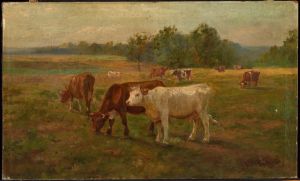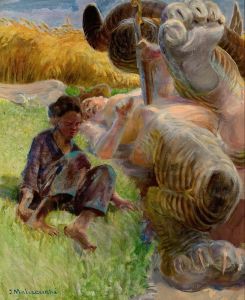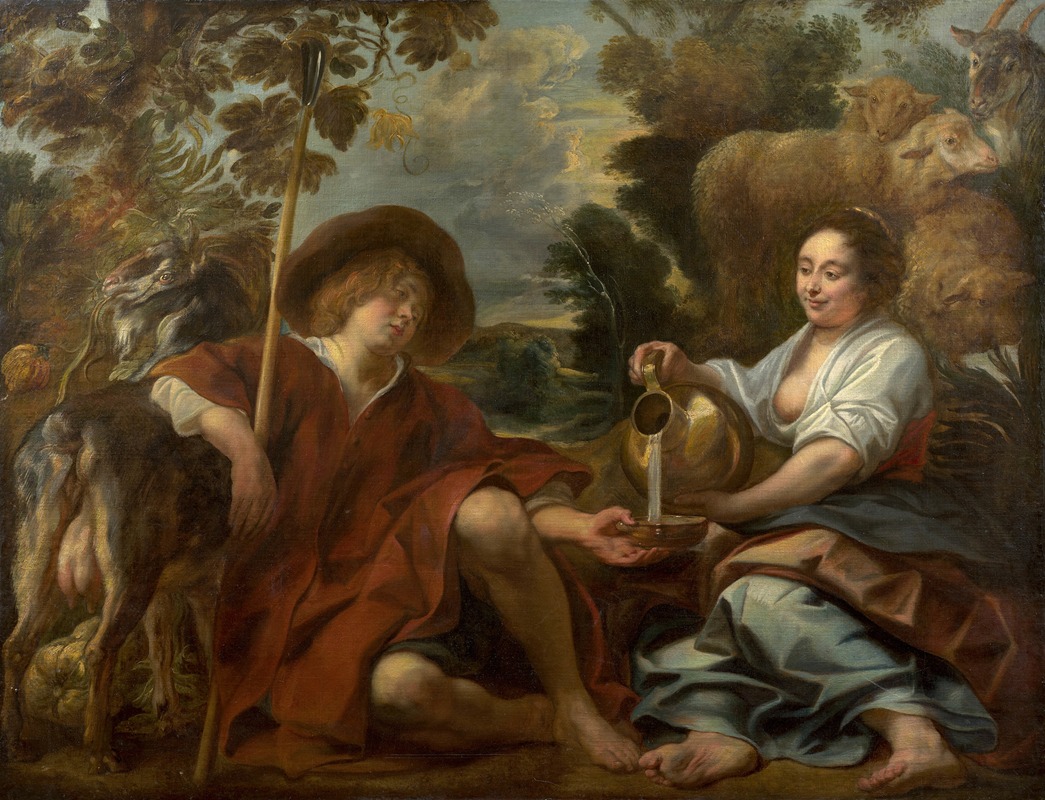
Bergère versant du lait à un berger
A hand-painted replica of Jacob Jordaens’s masterpiece Bergère versant du lait à un berger, meticulously crafted by professional artists to capture the true essence of the original. Each piece is created with museum-quality canvas and rare mineral pigments, carefully painted by experienced artists with delicate brushstrokes and rich, layered colors to perfectly recreate the texture of the original artwork. Unlike machine-printed reproductions, this hand-painted version brings the painting to life, infused with the artist’s emotions and skill in every stroke. Whether for personal collection or home decoration, it instantly elevates the artistic atmosphere of any space.
Jacob Jordaens' painting Bergère versant du lait à un berger (translated as Shepherdess Pouring Milk for a Shepherd) is a work attributed to the Flemish Baroque artist, who was active during the 17th century. Jordaens is widely recognized as one of the leading painters of the Flemish Baroque tradition, alongside Peter Paul Rubens and Anthony van Dyck. His works are known for their dynamic compositions, vibrant use of color, and depictions of everyday life, mythology, and biblical themes.
This particular painting depicts a pastoral scene, a common subject in 17th-century European art, which often idealized rural life. In the composition, a shepherdess is shown pouring milk for a shepherd, a gesture that conveys a sense of hospitality and simplicity. The figures are rendered with Jordaens' characteristic attention to detail and expressive facial features, which bring a sense of life and immediacy to the scene. The setting is likely a rustic outdoor environment, though specific details of the background are not always emphasized in such works, as the focus remains on the human interaction.
Jordaens frequently explored themes of rural life and domesticity, often infusing his works with a sense of warmth and humanity. His ability to capture the textures of fabrics, the play of light on surfaces, and the physicality of his subjects is evident in this painting. The use of light and shadow, a hallmark of Baroque art, enhances the three-dimensionality of the figures and creates a dramatic yet naturalistic effect.
The exact date of creation for Bergère versant du lait à un berger is not definitively documented, but it is consistent with Jordaens' mature style, which developed in the mid-17th century. As with many of his works, this painting reflects the influence of Rubens, under whom Jordaens trained, as well as his own unique approach to composition and storytelling.
The painting is part of Jordaens' broader oeuvre, which includes both large-scale historical and religious works as well as smaller, more intimate genre scenes. While Jordaens is perhaps best known for his grand allegorical and biblical paintings, works like Bergère versant du lait à un berger highlight his versatility and his ability to depict the charm of everyday life.
The current location of the painting is not specified in available records, and further details about its provenance or commission history are not widely documented. As with many works of this period, it is possible that the painting has passed through various collections over the centuries.
In summary, Bergère versant du lait à un berger exemplifies Jacob Jordaens' skill in capturing human interaction and rural themes, showcasing his mastery of Baroque techniques and his sensitivity to the nuances of everyday life.





